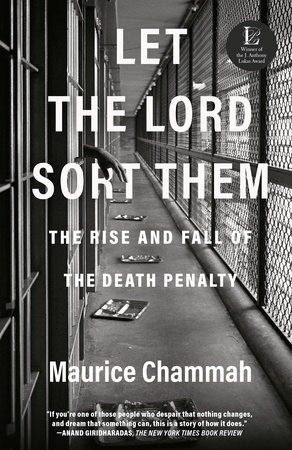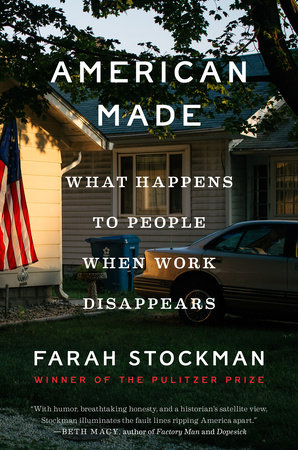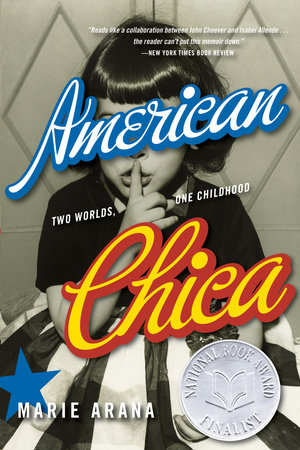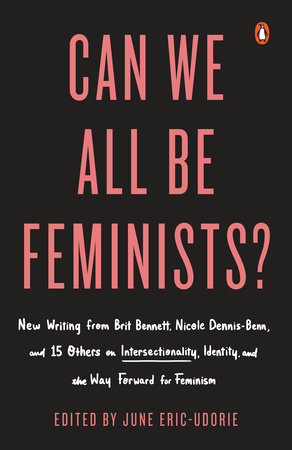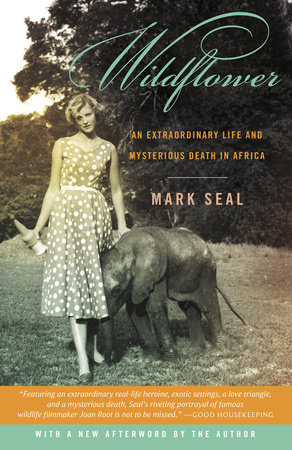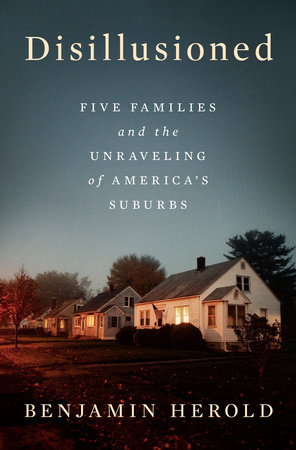Author Q&A
Let’s start with an easy question. How did you get from a suburban household in Maryland to the warzones of Afghanistan, Romania, and Africa?
DCK: That’s an easy question? Ha! Okay, here’s an incomplete and meandering answer, because I don’t think there is an easy answer to this question: For me, growing up in the suburbs felt a bit like being in a very pretty, green, safe prison. I was bored most of the time and dreamt of running off to see the world from a very young age. When I finally got to college and discovered photography, I realized that by becoming a photojournalist I could not only get paid to do the thing I loved most (photography), I could see history in the making. I could travel to places I’d never otherwise see. I could live a life that was not safe and green and pretty but raw and dangerous and on-the-edge, a life that, because of its precariousness, would finally make me appreciate living.
On a more subconscious level, I’ve pretty much been plagued with dreams about the Holocaust ever since reading The Diary of Anne Frank at a very early–perhaps too early–age, and I guess I thought that by getting close to things like war and totalitarianism, I might begin to make sense of it all, figure out why and how man is capable of such colossal inhumanity. Which, of course, I was never able to do.
Also–and I know it might be hard to understand this–tooling around the world’s warzones, at the time, seemed like a fun (and exciting and interesting) thing to do.
What’s the most dangerous place you were ever on assignment?
DCK: I think the time I spent in Afghanistan (Feb-March, 1989) was probably the most dangerous: because of my naivete, because I traveled inside with the mujehaddin all alone, because of the nightly bombings and the mines and the cold and the lack of food and the chaos of the Soviet retreat. Although if we’re talking pure heart-stopping fear, getting stuck in a crossfire during the Soviet coup (August, 1991) was probably the scariest moment of my life.
But, as I tried to make it clear in the book, ‘dangerous place’ is a relative term, especially for a woman. Some of my most frightening experiences–getting mugged, assaulted, threatened with rape, date raped–happened in what most people would call extremely safe places: my dorm room, Harvard Square, a New York City taxi, a luggage store, my very own bed.
Which, in a way, brings us back to the first question. If life is dangerous for a woman a priori, what difference does it make if I’m in a warzone or in my bed? Each of the six chapters of the book is named after a man in your life, but Shutterbabe is story about a fearless young woman who kicks and fights against sexism in her profession and in her personal life. So why structure the book around men?
DCK: It’s an arbitrary way of presenting a story, sure, but when I sat down in a coffee shop almost two years ago, trying to decide if I even wanted to write this book–trying to decide if I actually could write a book in a coffee shop on a three-day-a-week schedule, which was all the office space and babysitting I could afford after I quit my job at Dateline–it’s the structure I hit upon, scribbled down on a recycled paper napkin, and have stuck with ever since.
I realized that if I wanted to tell the tale with even a modicum of honesty I could not do so without including the men. Which, at first, pissed me off. I mean, here I am, this supposedly enlightened post-feminist woman, naming each chapter of my supposedly enlightened post-feminist adventure book after some guy. It didn’t make sense.
At least at first.
Then, as I began to organize the material, as I finally typed the first tentative words about that crazy time into my computer, it struck me. During those four years I spent trying to be an intrepid and independent photojournalist-slash-superhero, the men I had met and bedded and loved and hated along the way were not only casual bystanders to the narrative but rather an integral part of its underlying structure. Which doesn’t make me a traitor to the cause. It makes me human.
Also, if you think about the similarities between love and adventure in terms of risk and self-exposure, the men and the wars are not so different. Like I said in the book, the French understand this implicitly: the French word aventure can mean either ‘adventure’ or ‘love affair.’ I wanted to play with this notion, weave the two stories in and out of each other, draw parallels where parallels might not otherwise be drawn.
Did you actually write the book in a coffee shop?
DCK: I started writing this in May of 1998, after I left Dateline. I was very confused at the time–wanting to spend more time with my kids, but also knowing I would go crazy just being a mommy. My husband Paul had been pushing me to write this book since we first met, I’d been meaning to get it all down on paper for my children to read one day, so I figured I’d give it a try. See what I could accomplish on the three-day-a-week schedule.
But we live in a small two-bedroom apartment and I had two tiny toddlers at the time, who were constantly underfoot. And without my salary, we were severely strapped for cash. So I started writing the book at Xando, a coffee shop on Broadway and 76th St., where no one minds if you sit there all day, hogging up a table with your computer plugged into the wall. Other places I wrote include the following: my friend Maia’s apartment (before she fell in love, got married and moved to D.C.), the New York Public Library, Teacher’s College Library, the Starbucks on 86th and Columbus, Avenue Restaurant, my friend Suze Yalof’s apartment, and my friend Andy Behrman’s apartment. However, the problem with writing in restaurants and coffee shops and libraries is that you always have to find someone to watch your computer when you go to the bathroom. Or, if no one’s around, you have to shut down the computer and drag it into the stall with you. Coffee shops can be very noisy as well, which drove me crazy, but then at the quiet libraries I couldn’t make fact-checking phone calls. Using friends’ apartments is also fraught, as you don’t want to impinge on their lives and privacy too much.
Finally, as I was doing revisions this past January, I found a psychoanalyst’s office that I sublet three days a week for a modest sum. It’s my proverbial ‘room of one’s own,’ and, God, do I love it.
The details of place and the dialogue in Shutterbabe are incredibly vivid. Did you keep journals while you were on photo assignments?
DCK: I kept a journal in Afghanistan, which I’ve since lost, but otherwise I did not keep a written record of my journeys. (Although, for each story I shot, I wrote up a two-page synopsis for my photo agency.) However, simply by looking at the pictures I shot, I was able to remember whole junks of my life. I decided I would write about only those things that left a strong residue in my memory, figuring that whatever events had left such indelible marks were the ones that were worth writing about. If I was fuzzy on facts, I called up some of the old boyfriends or people I worked with. I read old newspapers, looked through my portfolio at the stories accompanying my photographs. The dialogue is for the most part reconstructed, although I believe I stayed true to the meaning, rhythm, content and intent of each character’s voice. I also gave the book, in its early stages, to many of the characters I wrote about, to gauge whether or not I’d succeeded in getting their voices ‘right.’ No one had any major complaints, and sometimes I was even reminded of important things I’d left out, which were subsequently added.
So what is a Shutterbabe?
DCK: Oh, boy. Okay, the short answer is that she is my superhero self, the person I became whenever I had a camera in my hand. In the original manuscript, I called this person ‘Photogirl,’ but I didn’t think Photogirl was a good title for a book. And, oh, man, this book has gone through so many titles, none of them perfect for one reason or another. I didn’t come up with Shutterbabe myself, and I hope it will be taken in the spirit in which it was intended, which is (please!) tongue-in-cheek. I am not claiming to be a ‘babe.’ I am short and cartoonish, end of story. It was my friend Evan, the father of one of my son Jacob’s classmates, who came up with it one morning when I was dropping off Jacob at preschool. I must have been looking particularly haggard that day after not having slept for two nights straight (while simultaneously nursing my daughter Sasha through a cold and trying to decide on a title so Jennifer, my agent, could that very same afternoon try to sell the book) because, as I was hanging up Jacob’s coat in his cubby, Evan turned to me, visibly concerned, and said, ‘Are you okay? You look like shit.’ I told him my quandary, how I couldn’t come up with a fucking title for my book, and he very calmly asked me what the book was about. I gave him some long-winded response about coming of age, coming to terms with motherhood, self-exploration, transformation, love, the news business, wars, drugs, rhinos, rape, blah, blah, blah, but when he asked me to whittle it down I said, ‘Okay, photography and sex.’ Almost immediately he came up with Shutterbabe, for which I am grateful, because while it’s not perfect, it’s pretty catchy–Evan has his own marketing firm (www.fourfront.com), bless his clever, entrepreneurial soul–and if such a title gets people to buy the book, then it might get them to actually read it, too. The title I would have preferred (but which I was quite forcefully dissuaded from using, even though the book is divided as such) is Develop Stop Fix. Others were Newswhore (unanimously hated by everyone except me and my agent–we still like it, in that reclaiming an insulting word kind of way), The Adventures of Photogirl, Shuttergirl (the title under which I actually turned in the finished manuscript to Villard, but they nixed it), Leica Girl (Get it? Like a girl? No? Neither did anyone else), Boys and Wars, and the ever-memorable, Circles of Confusion (a lens term, if you were wondering.)



